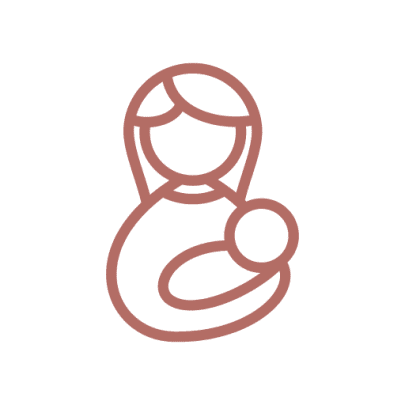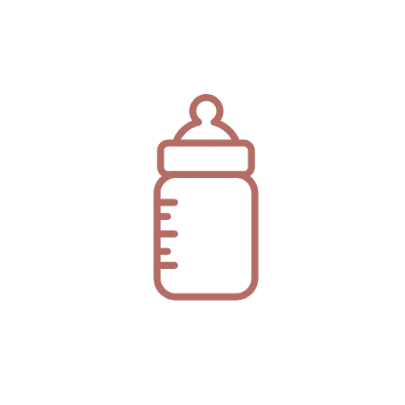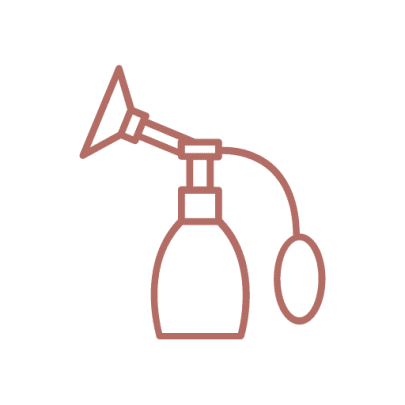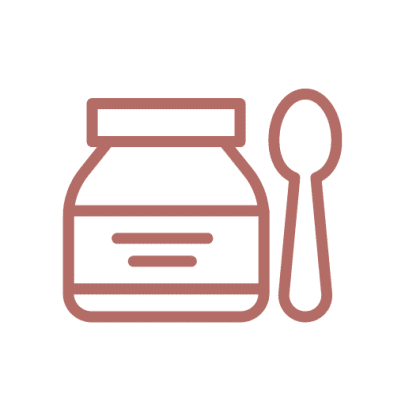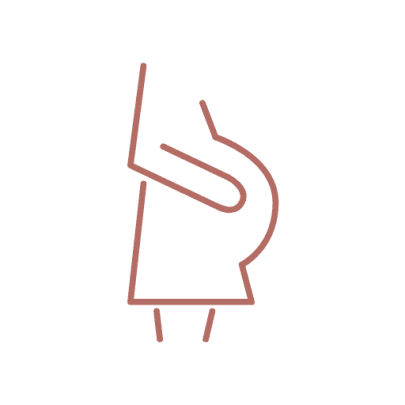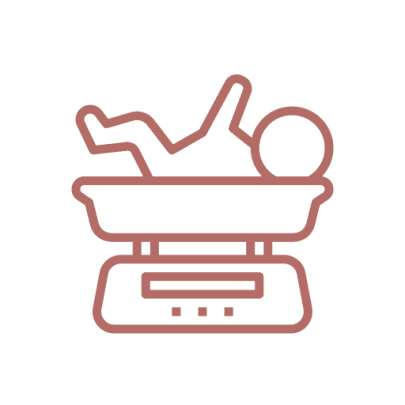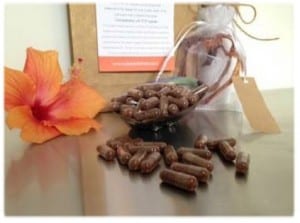 Advertorial for Placenta Encapsulation Services in NZ
Advertorial for Placenta Encapsulation Services in NZ
By Wendy Lee.
Placenta Encapsulation
‘Placenta Tree’ first came about when I, a midwife and mother to three, wanted to know more about the functions and benefits of the human placenta.
Through my own studies into Placentophagy (study of placenta) and herbal medicine along with the feedback from my women I found the results were quite overwhelming. Having cared for many women during the postnatal period there is no doubt that healing can be painful and challenging. So this seemed a natural way to help restore ones body in a peaceful and refreshing way. After all it just doesn’t seem quite right to discard something that your body has spent so long, carefully producing to nurture your baby.
Firstly I looked into the traditions and history of Placenta encapsulation. I found most knowledge of midwives and the art of placenta healing was lost by the end of the 19th century. Until then it was common in every european household and available in every drug store. Interestingly Placenta means ‘mothers bread’ in German. As we know in Maori culture the placenta is buried as a gift to Mother Earth and in traditional Chinese medicine the placenta is used to treat postnatal ailments such as fatigue, boosting milk supply, and balancing hormones. Hormones play a big part in the placenta. It is thought that because placenta harnesses hormones to keep mum sane during pregnancy, the sudden withdrawal of these hormones once giving birth causes the ‘baby blues’, and ingesting it may restore the body to an equilibrium.
At ‘Placenta Tree’ we use the Chinese Method (TCM), which basically means we cook the placenta. The whole process of placenta encapsulation involves steaming, drying, grinding and encapsulating the placental tissues (putting into capsules).
I also found it very interesting to know we are the only mammal not to consume our placenta. ‘Have we evolved and lost our natural instinct!’ All mammals including those unchallenged by predators still ingest the placenta. They will remain at the birth site even after the offspring is strong enough to walk away and there is no effort by animals to clean up any afterbirth that can attract predators. So the theory of covering up their traces to protect their young has to be a myth.
So why ‘Placenta Tree’? Historically placenta has a relationship to a tree, with its branches
and roots. The trunk a symbol of power and peace, leaving a metaphor for life. The flowering of youth, maturation, withering of age and decay close to death. In every culture, the trace of tree life can be found. The placenta tree protects and shields the baby against impact and noise, whilst floating in a womb of amniotic fluid.
My only regret is that I wish I knew all this when I gave birth to my children, (which, by the
way is a long time ago now). I was never given the opportunity to see my placenta’s nor asked whether I would like to keep it. It was not until arriving and working as a midwife in New Zealand 10 years ago, that I fully realised and appreciated the need to offer woman the opportunity to keep her placenta, after all it is YOURS. Hence our services began…….
For more information on Placenta Encapsulation go to:
www.placentatree.co.nz
Written by Wendy Lee, 2015

